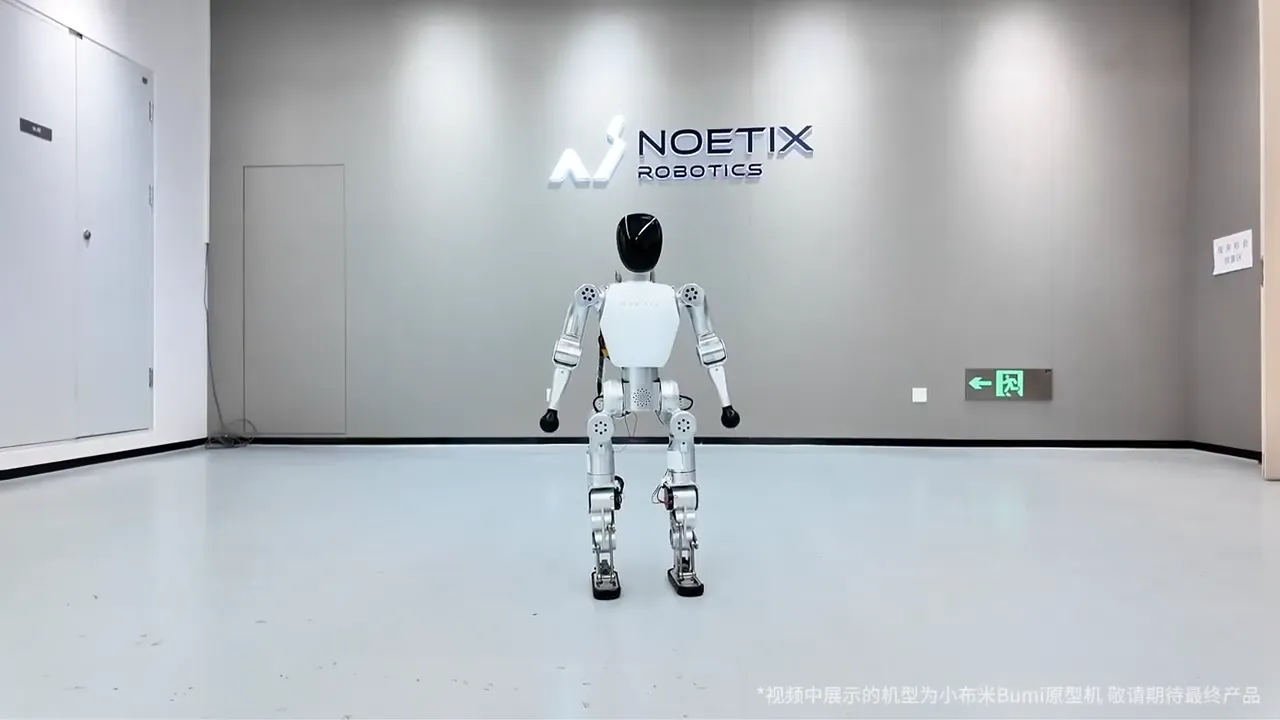- Developed by Crest Robotics and Earthbuilt Technology, the Octopod system is an advanced research project focused on dexterous, multi-articulated robotics for construction.
- Charlotte is being developed with a dual purpose, leveraging its autonomous, lightweight design for potential use in extraterrestrial construction. It would use lunar regolith to print habitats for future space missions (e.g., Artemis).
For years, when we heard "3D printing", out minds conjured images of intricate plastic miniatures, prototypes, or perhaps even custom medical implants. The technology is fascinating, a testament to additive manufacturing, but few imagined it could one day lay the very foundations of our lives. Yet, here we are, standing at the precipice of revolution where robots aren't just assembling parts; they're assembling homes. What if we could print houses? And not just quaint cottages, but robust and sustainable, built with speed and precision previously unimaginable?
This vision is rapidly becoming reality, pioneered by Crest Robotics and Earthbuilt Technology, who are redefining the very blueprint of construction.
Charlotte, the Octopod: A New Era of Site Construction
Imagine a construction site where primary builder isn't a crew of humans (or humanoids), but a multi-limbed, intelligent robot. That's the research future Crest Robotics and Earthbuilt Technology are crafting with Charlotte, their new robotic system currently in the advanced research and development stage.
The Technology Behind the Octopod:
- Multi-Articulated Robotic Arms: Unlike traditional gantry systems that move on rails, the octopod features 6 highly-articulated robotic arms, each capable of independent movement and precise positioning. This gives it a vast operational envelope and the ability to work on complex geometries.
- Modular Tooling: Each arm can be fitted with different end-effectors—from extrusion nozzles for concrete or specialized polymers, to robotic welders, material handlers, or even inspection tools. This modularity makes Charlotte incredibly versatile.
- Advanced AI and Sensors: Guided by sophisticated artificial intelligence, the Octopod uses an array of sensors (LiDAR, cameras, force sensors) to perceive its environment, monitor printing accuracy in real-time, and adapt to unforeseen site conditions. This ensures precision and safety.
- On-Site Material Processing: It likely integrates systems for mixing and delivering construction materials directly at the point of application, minimizing waste and logistical challenges.
Why Charlotte?
The motivation behind the Octopod is multifaceted, addressing critical challenges in the construction industry:
- Speed and Efficiency: Traditional construction is labor-intensive and time-consuming. Charlotte promises to dramatically reduce build times, allowing homes to be constructed in days, not weeks or months.
- Labor Shortages & Safety: The construction industry faces significant labor shortages and high rates of injury. Robots can work tirelessly, perform dangerous tasks, and supplement human crews, making sites safer and more productive.
- Precision and Quality: Robotic systems can achieve millimeter-level precision, leading to higher quality, more consistent structures with less room for human error.
- Waste Reduction: Charlotte is built to create a low-carbon construction solution by utilizing available site materials and convert them directly into structural components.
- Design Freedom: The ability to print complex shapes allows for architectural designs that are difficult or impossible with conventional building techniques, fostering innovation and aesthetics.
The Lunar Quest: From Earth Housing to Space Habitats
Beyond Earth, the very principles that drive Charlotte's development—autonomy, lightweight design, and the ability to use local resources—make it an ideal candidate for extraterrestrial infrastructure. Crest Robotics and Earthbuilt Technology have specifically developed this technology with a dual-mission vision. Charlotte’s modular, spider-like design allows it to be compactly folded for transport on space missions, such as those under NASA's Artemis program. Once deployed, the robot would use lunar regolith (Moon dust and soil) as its raw material, compressing it into shelters, habitats, and landing pads. This quest to build in the extreme conditions of low-gravity and vacuum is not just about space exploration; the developers believe that advancing construction technology for the Moon will ultimately lead to faster, safer, and more sustainable construction techniques back on Earth.
Alquist: Bridging the Housing Gap with Printed Homes
While Charlotte focuses on broader robotic construction, Alquist has honed in on a specific, pressing problem: affordable housing. This visionary company leverages large-scale 3D printing technology to build homes, with a core mission to lower the cost of housing and critical infrastructure in economically distressed and underserved communities. Their approach is simple yet revolutionary: print homes layer by layer using concrete or composite materials.
The journey from printing miniature trinkets to constructing entire homes is a testament to the relentless pace of innovation. From the versatile Octopod of Charlotte to Alquist's mission to make housing universally accessible, robotics is not just changing how we build, but what we can build, and for whom. The dream of printing a better, more sustainable, and more affordable world is taking shape, layer by concrete layer.






